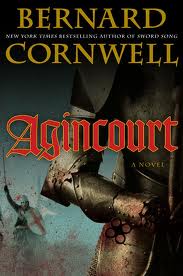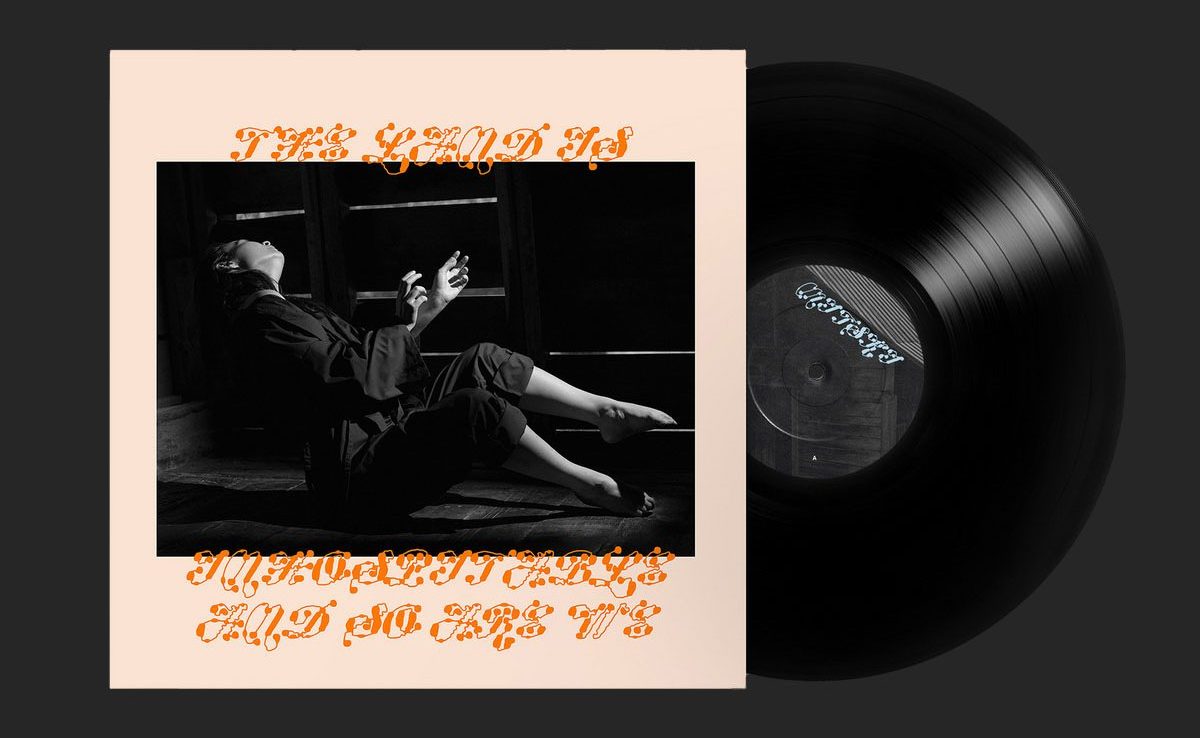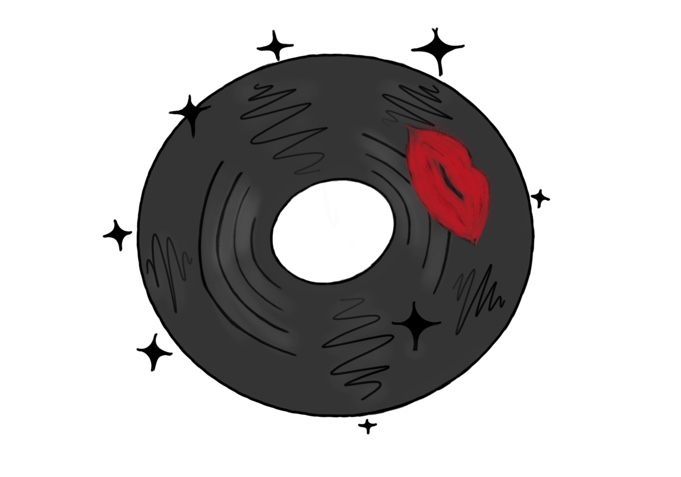
The Battle of Agincourt was one of the greatest in medieval European history — 10,000 starving Englishmen against some 30,000 French knights. And yet, the English walked away victorious, the bloodied French pushed aside as the English made their way towards Calais and home.
Agincourt,In his latest novel,
Bernard Cromwellprolific author
seeks to display the battle from the ground level, showing it through the eyes of the backbone of the English army, the archer.
Forrest GumpThe plot follows said archers, particularly Nicolas Hook, who acts as a
of sorts through medieval France. Hook finds a way to travel from rural England to Sossions, then back to England and then back to France just in time for Henry V to give his famous speech. Along the way, friends are made, enemies killed and maidens wooed.
Now, in typical Cromwell style, the book is written well. The battles in particular are brutal and intense, the medieval warscape portrayed in vivid detail. The characterization is solid, though a little predictable; most heroes and villains can be called from the start. The character of Henry V, however, is fascinating. Cromwell shows us a man confused at the will of God and the misfortune of his army, but determined to stagger onward.
It is great to see a popular interpretation of medieval history, a subject often imposing to outsiders due to the high name: event ratio — that is, the ratio of names involved to actual happenings, which in medieval history is often prohibitively high — too many cooks in the castle kitchen.
However, Cromwell does an admirable job of making everything palatable, keeping the cast of characters rather small and doing a good job of depicting battles such as the siege of Harfleur.
Still, there are some problems with the book. It suffers from an odd sense of drift — Hook is always just swept up in events and there is no overall goal for him other than getting to an amorphous ‘home,’ but Hook is unsure, even about that. The book is strongest when Hook takes matters into his own hands, which does not happen often.
In addition, while the battles are excellent — some of the best I’ve ever read, the transitions between the battles are not as strong. Hook and his love interest, Melisande, both wander around until the next battle starts. This is mostly only present with the first half of the book, however, as by the end, the peripheral characters are developed enough to keep the whole thing interesting.
The book ends in a terrific climax at Agincourt, where even though we know the outcome, the battle is still gripping. This is where Cromwell truly excels, giving us the horror of the battered English army, desperately trying to reach Calais, at the sight of the enormous French army blocking the path.
AgincourtAll in all,
is a definite read for anyone vaguely interested in the cavorting of knights and maidens. It’s a perfectly capable story executed in excellent style by Cromwell, and a superb characterization of Henry V — though not on the level of Shakespeare, I suppose. And over it all looms the terrible battle on that mud soaked field in France. For those who fought at Agincourt, it is a fitting epitaph.
By Adam Schoelz















































































